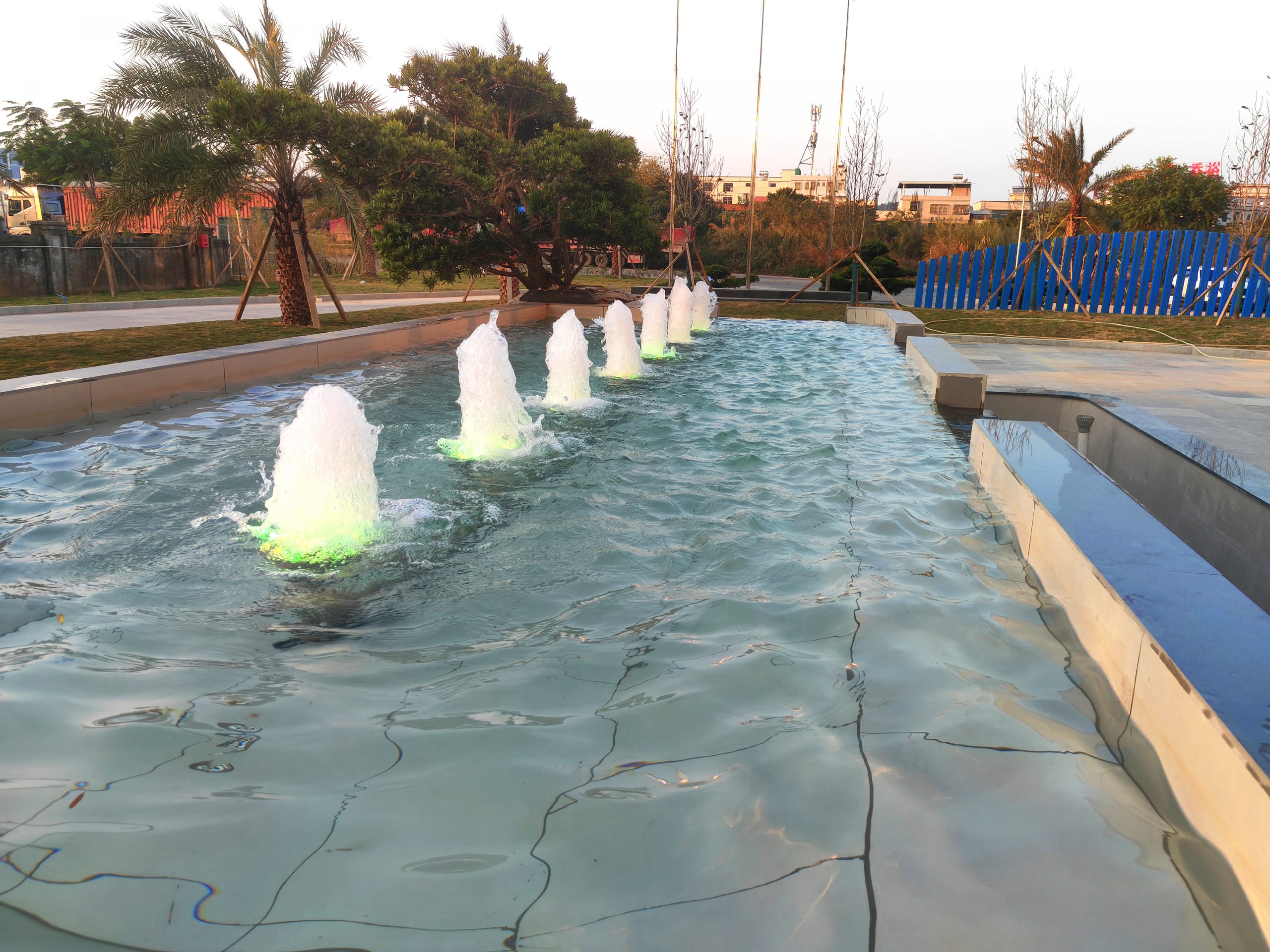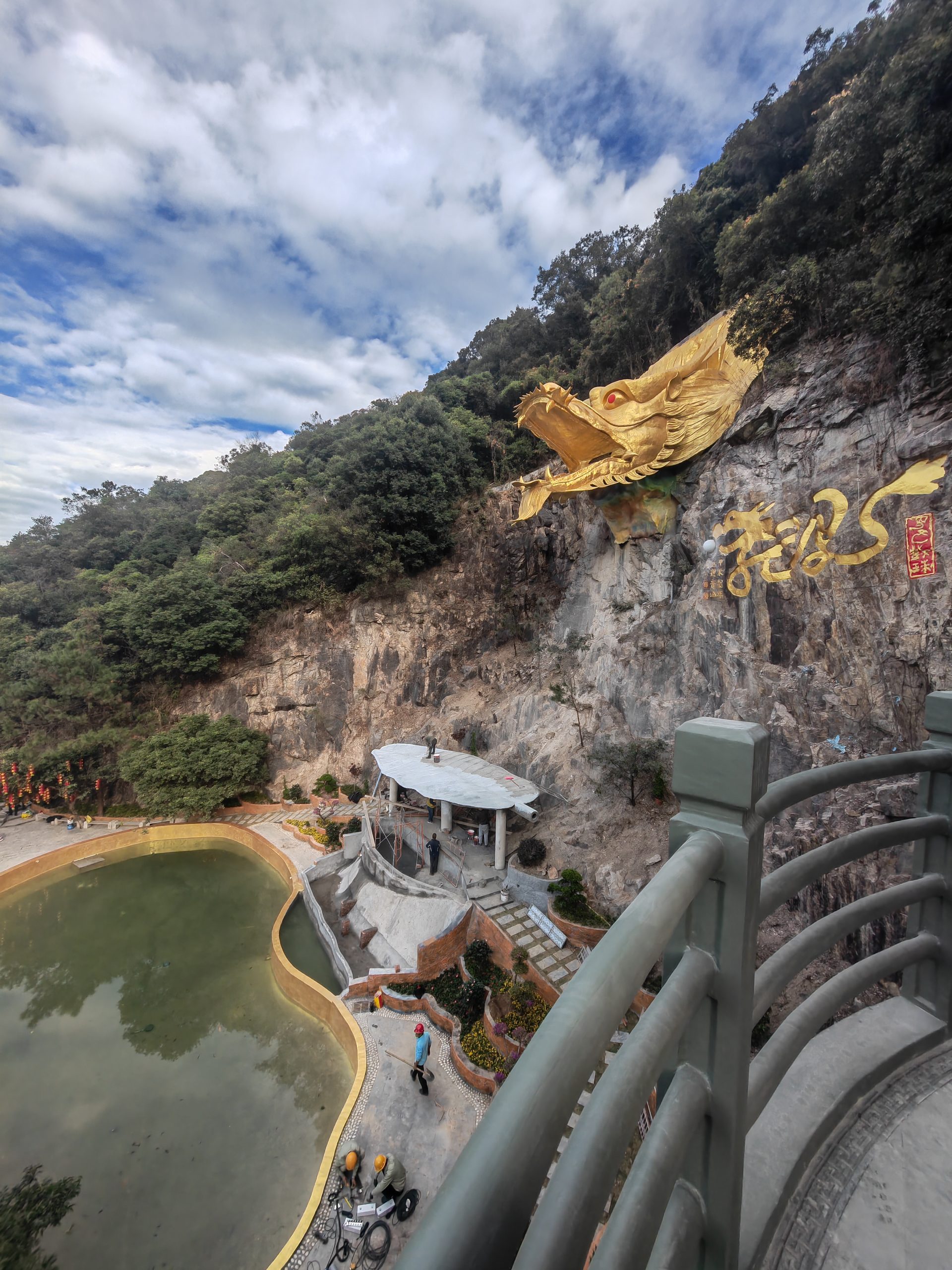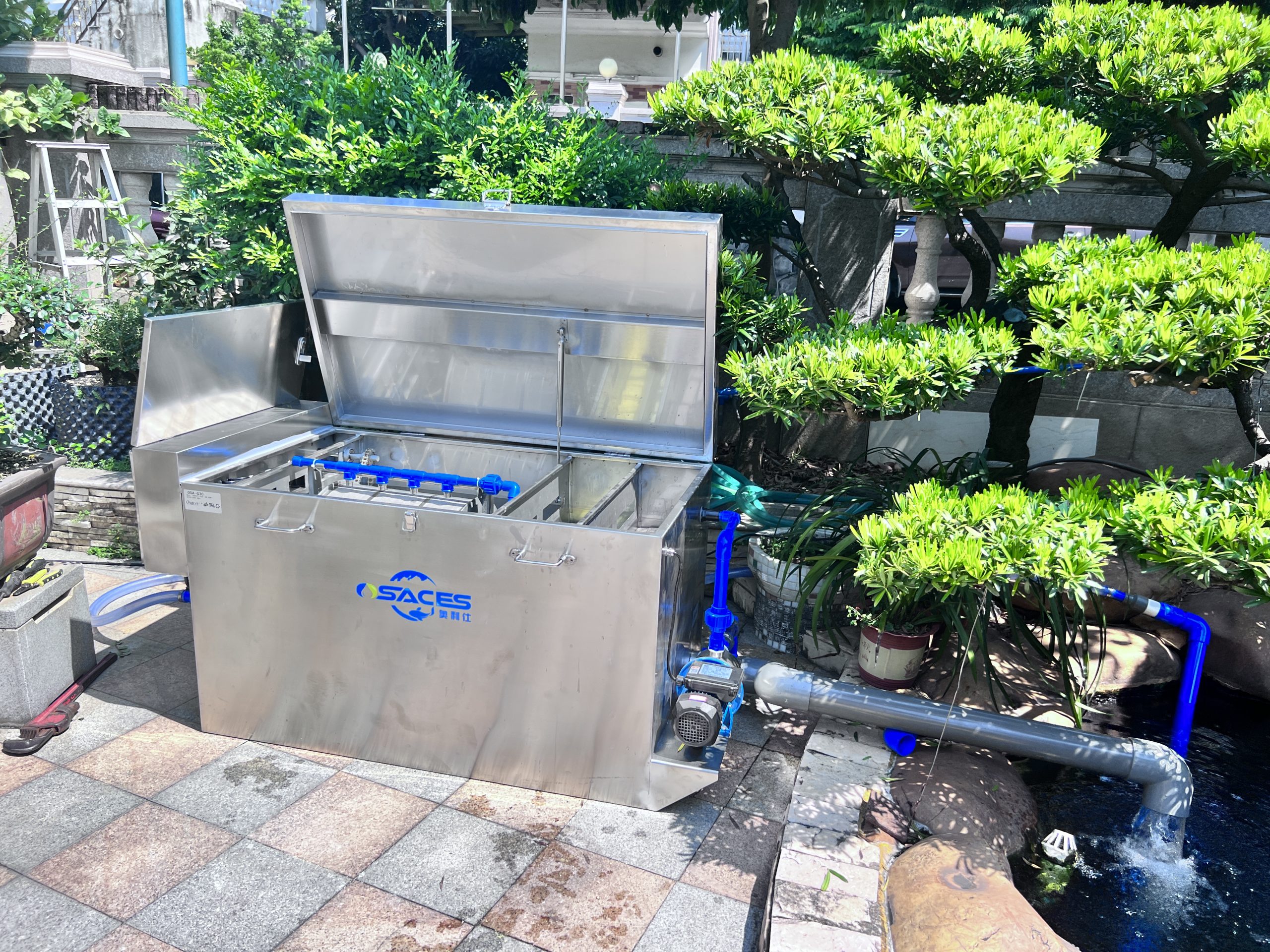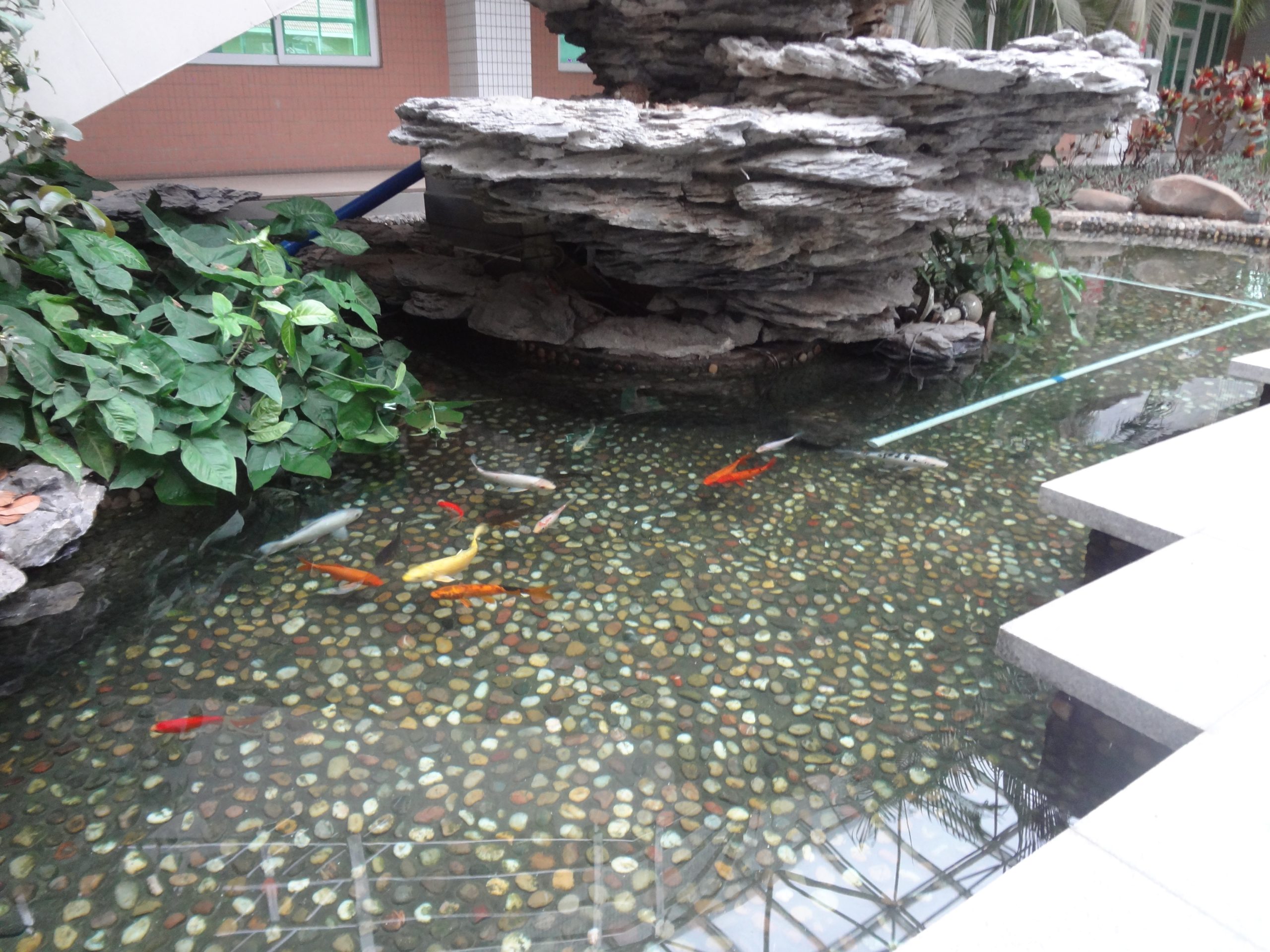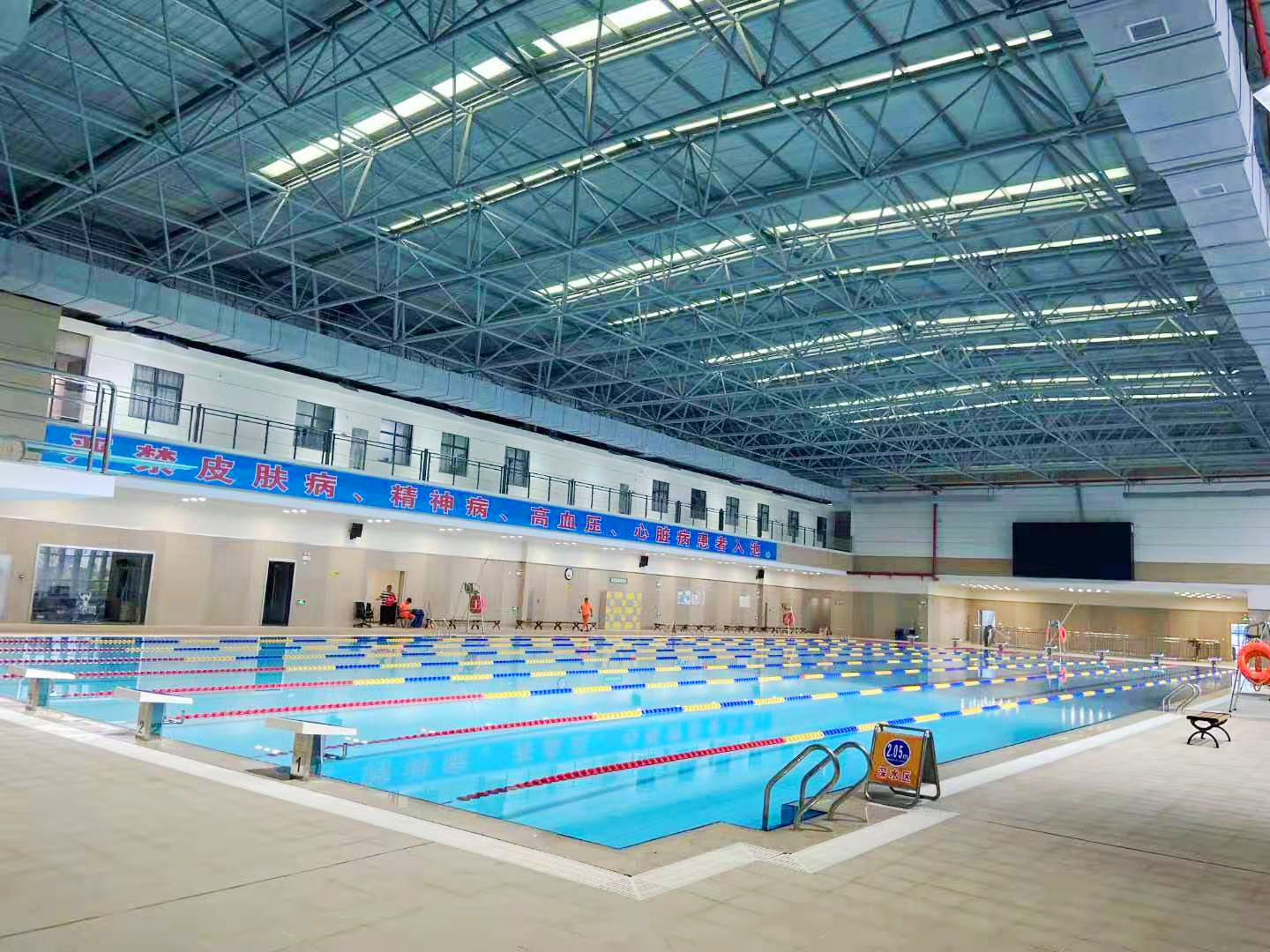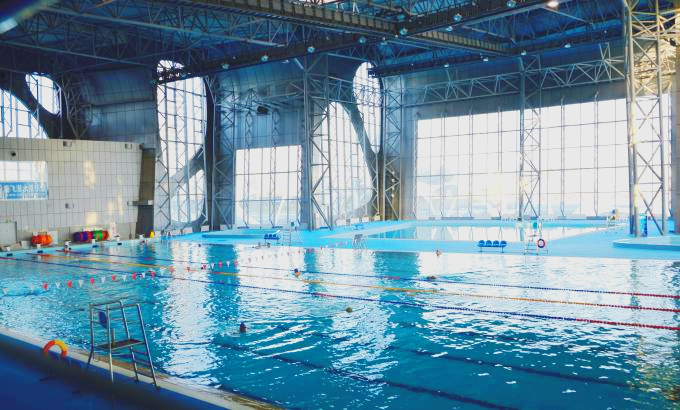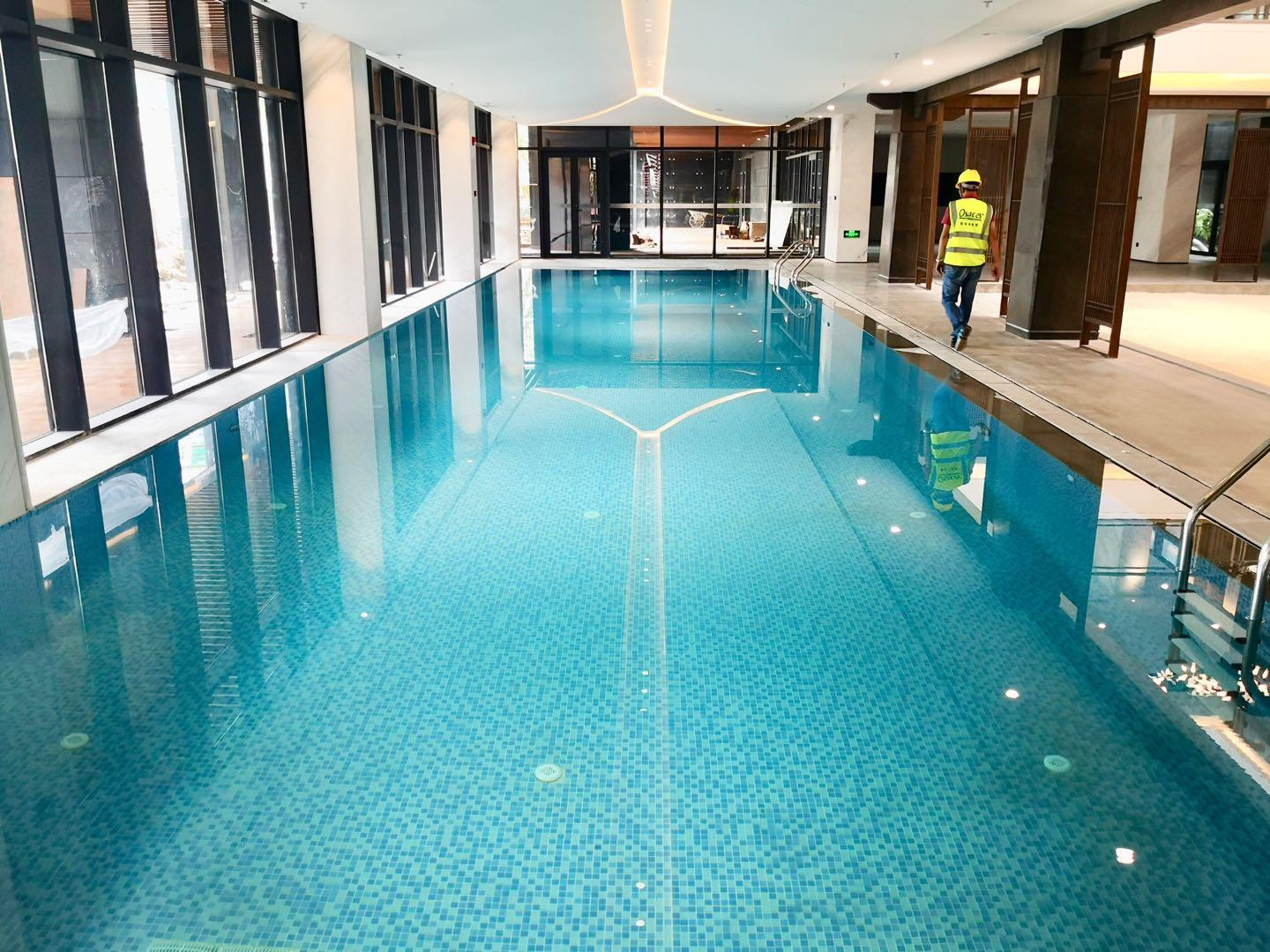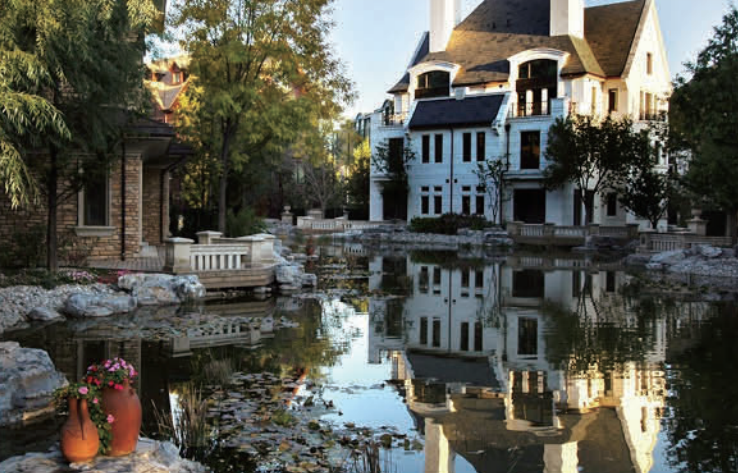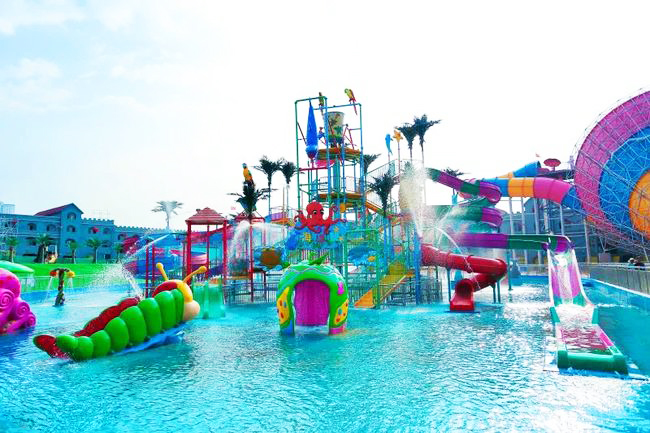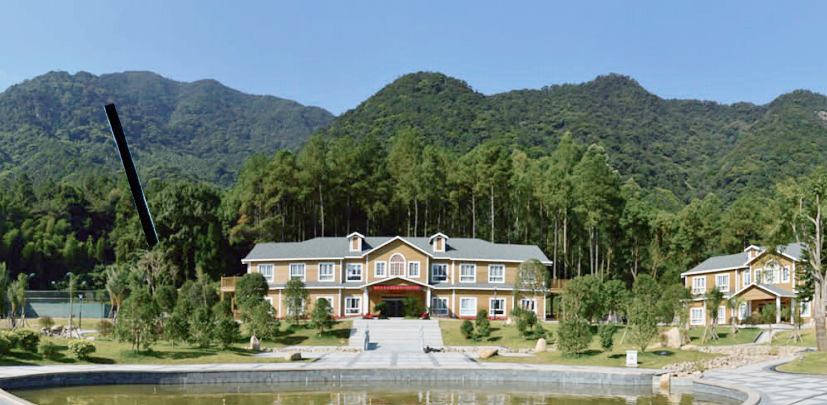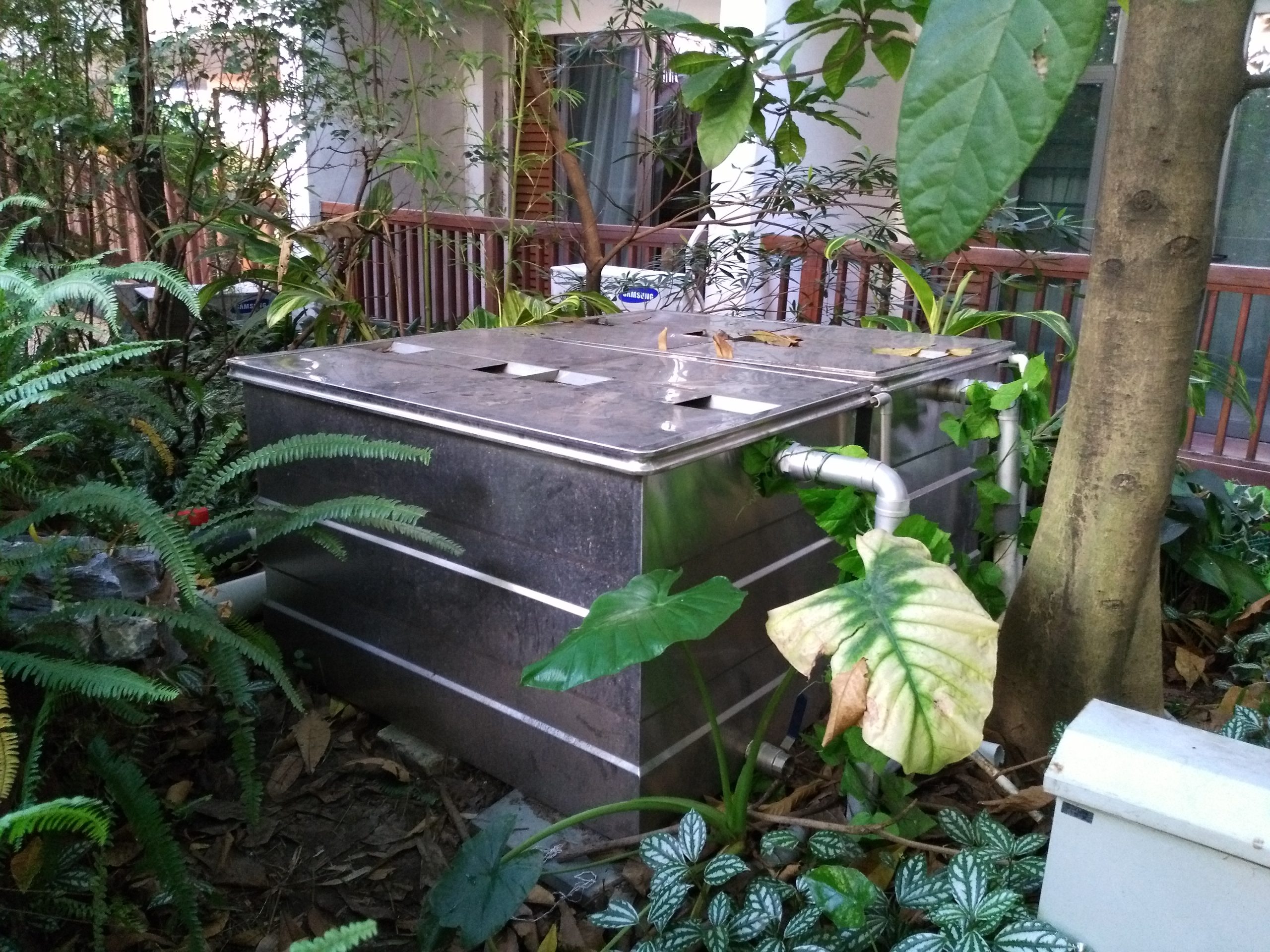common problems
contact details
 Ollies (Guangzhou) Recreation and Sports Equipment Co.
Ollies (Guangzhou) Recreation and Sports Equipment Co.Tel: (020) 82686289
Fax: 020-82694853
Headquarter: No.31-37, Xincun 2 Road, Shangjiang North Street, Dongzhou Village, Xintang Town, Zengcheng City, Guangzhou, Guangdong, China
Exclusive water-keeping tips for koi players who are new to the sport
Fish farming is a discipline that requires comprehensive consideration of water quality, feeding environment and ecological needs of fish. Before raising fish, the first thing to do is to raise good water, that is, by observing, analyzing and treating the water body, so that the water quality can meet the needs of healthy growth and reproduction of fish.
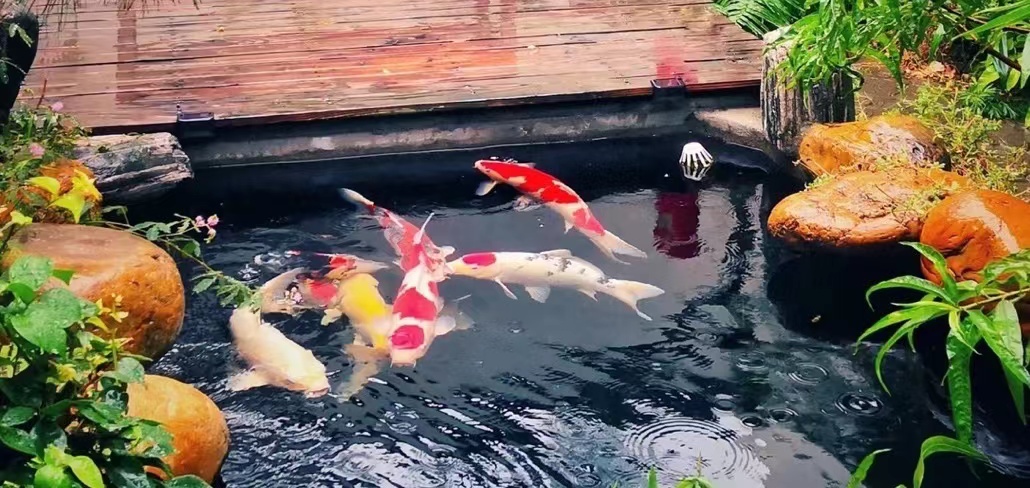
--To detoxify free ammonia!
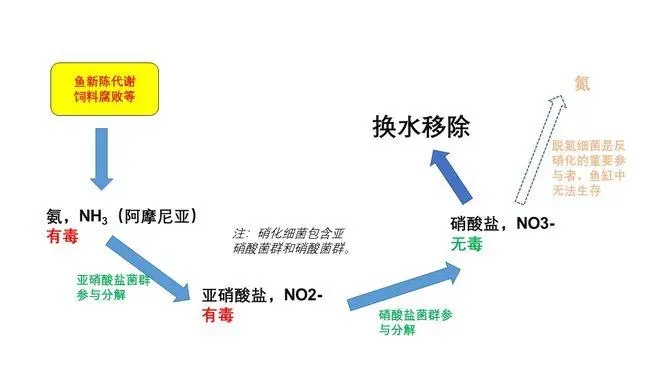
Ammonia in water has two different forms: one is the molecular form of "ammonia" (NH ); the other is the ionic form of "ammonium" (NH ), that is, the free state of the ammonia molecule and "ammonium ions ammonium ions".
Ammonia is highly toxic, ammonium is not. Generally ammonia testers measure the total concentration of ammonia and ammonium, and sometimes the total concentration is very high but the fish are healthy because the percentage of ammonium in the water is large and the percentage of toxic ammonia (NH ) is small.
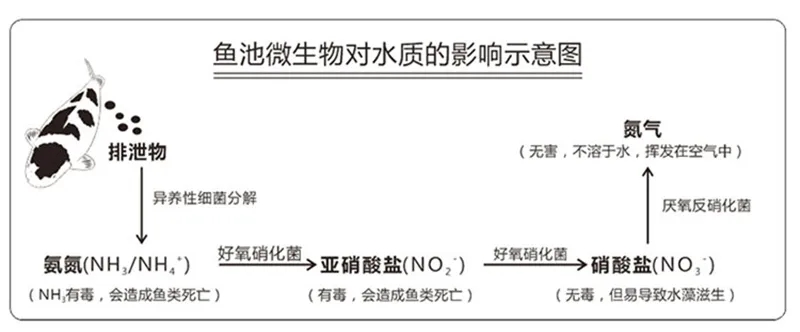
So, it's free ammonia that we're trying to detoxify.
Free ammonia kills ornamental fish easily, requiring less than 0.2 ppm to be sufficient. It is easy for fish pond water to achieve this concentration of ammonia and nitrogen.
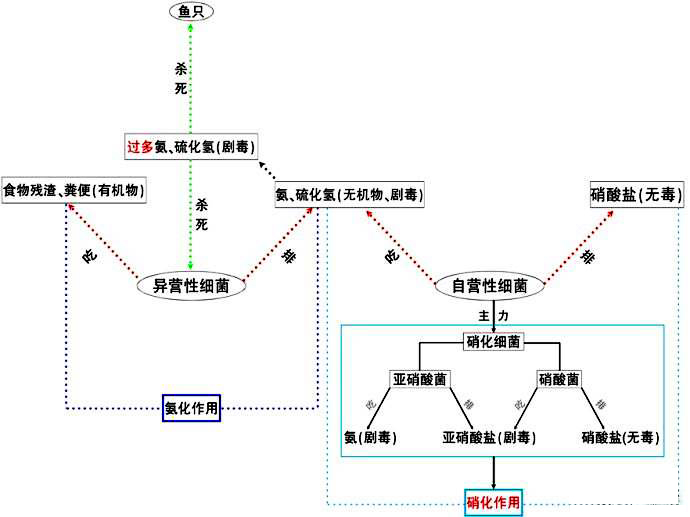
Therefore, for the survival of ornamental fish, we have to ask for foreign aid to help the enemy. After so many years of koi and landscape water treatment construction experience of the summary, can really play a role in the foreign aid only three: nitrifying bacteria, algae and water plants.
Among them, nitrifying bacteria are by far the most efficient, least difficult to perform, and least limiting factors for ammonia removal out there. So, we need to feed the water in such a way that our fish ponds are colonized with enough nitrifying bacteria to help us deal with the toxic free ammonia.
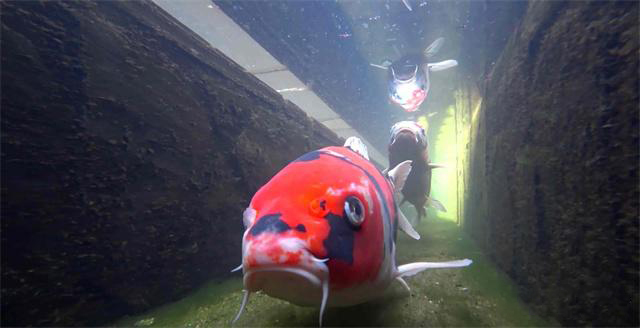
How do you maintain good water?
In order to maintain good water, novice players need to take the following steps:
-
Fill water into the fish pond, 1m³ of water should be soaked with about 50g of glacial acetic acid first, then turn on the pump for about 6-8 days to try to dissolve the cement base into the water.
-
Drain the water and wash the fish tank with fresh water, it will take 2-3 times to make sure the glacial acetic acid is cleaned.
-
Test the pH, to pH exactly when the koi needs it. (Use a pH test kit or test pen first to test if the water quality meets the acidity and alkalinity of 7-7.5, dissolved oxygen of 5ppm-8ppm, amonia of 0.1ppm or less, and nitrite ions of 0.1ppm or less.)
-
Establishment of a complete fish pond filtration system: The best choice when installing a finished fish pond filter when the pond is already done, it can effectively remove fish feces, bait and other pollutants, and at the same time, through the biochemical filtration of the filtration system to cultivate and care for the nitrifying bacteria, in order to maintain the microbial ecological balance of the water body and to keep the water quality continuously clean.
-
We have observed many times that the koi are swimming smoothly and lively, with bright colors and rapid feeding. Congratulations, you are ready to put your favorite koi into the pond.
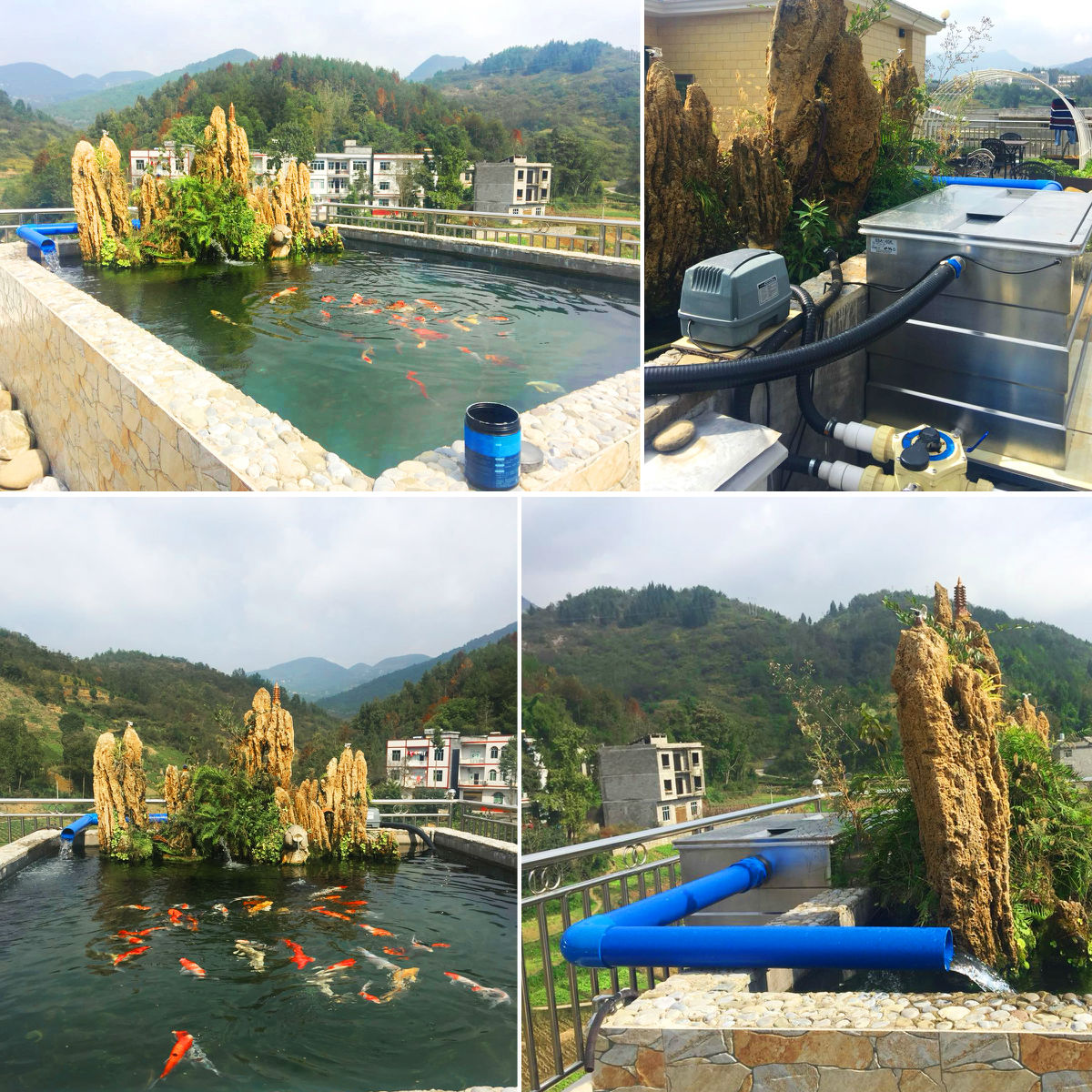
Maintaining good water quality may seem like a few simple words, but it's not easy to do! As long as you realize that the essence of keeping good fish is in keeping the water, not the fish, keep the water well, and don't be lazy in this part of the fish pond filtration system, you will be halfway to success in keeping fish!
Related content
- Long-term Maintenance System for Swimming Pool Water Quality: A Solution Based on Systematic Design and Intelligent Management
- Ministry of Ecology and Environment Releases Scoring Rules for Water Ecology Assessment Indicators in the Yangtze River Basin (for Trial Implementation)
- Homeostatic regulation of fish pond water quality: a systematic solution based on nitrification kinetics and nutrient thresholds
- Koi Pond Maintenance and Protection Guide during the Rainy Season | The Veteran Driver's Handbook of Dampness and Disease Prevention
- Pool water circulation system maintenance guide, goodbye to cloudy water quality to create four seasons of translucent "liquid sapphire".
- From zero to professional: a complete guide to pool equipment configuration that even a beginner can understand
- The Golden Ratio of Swimming Pool Ventilation and Dehumidification Systems: The Balancing Act of Airflow, Humidity and Energy Consumption

